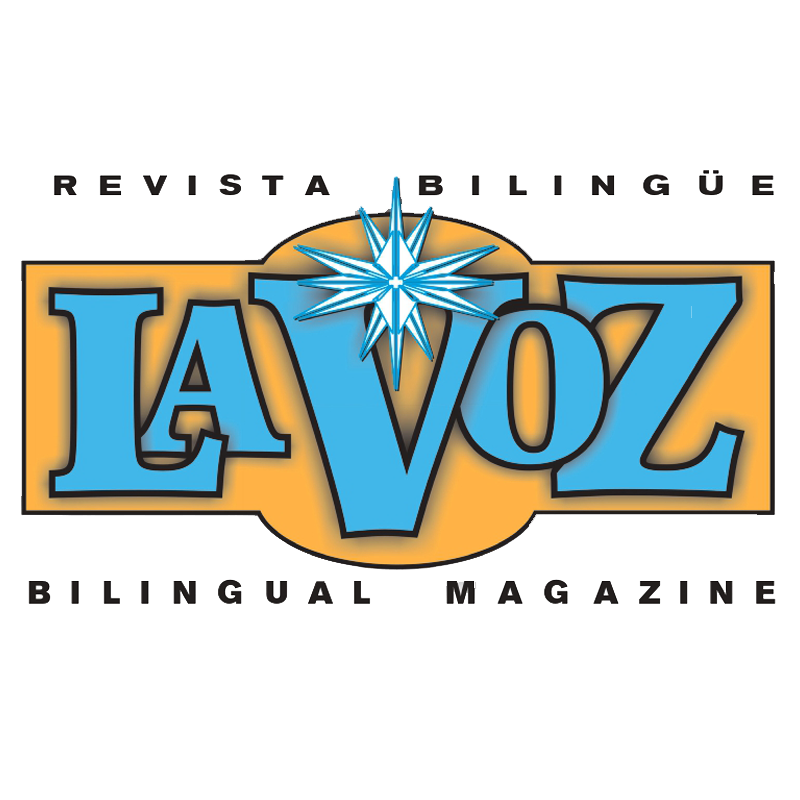As discrimination against Latinos intensifies across the United States, the Puerto Rican artist has emerged as a symbol of cultural resistance — and as a mirror reflecting the social, political, and media transformations redefining Latino identity on a global scale.
As discrimination against the Latino community grows across the U.S.—with raids, deportations, and even citizens detained by masked agents—Puerto Rican superstar Bad Bunny has become a figure embodying cultural resistance and the reconfiguration of Latino identity worldwide.
In a briefing titled “Bad Bunny and the Redefinition of Latino Narratives,” help by American Community Media (ACoM), three leading analysts —Julio Ricardo Varela, editor of The Latino Newsletter; Antonio Mejías-Rentas, veteran entertainment journalist formerly at La Opinión and Boyle Heights Beat; and Frances Negrón-Muntaner, award-winning filmmaker, writer, and professor at Columbia University—examined how the artist’s rise reflects deep transformations in cultural representation, entertainment economics, and the broader struggle for identity within the Latino world.
From Translation to the Power of One’s Own Language
Mejías-Rentas placed the Bad Bunny phenomenon within a long continuum of Latino efforts to gain visibility in the U.S. entertainment industry: “In the ’80s and ’90s, success for Latino artists meant singing in English. Today, speaking Spanish has become a political act.”
That statement, echoed throughout the panel, framed a key argument: Bad Bunny’s decision to perform entirely in Spanish challenges the commercial logic of the music industry and turns language itself into a tool of resistance.
Negrón-Muntaner expanded on this perspective, noting that his success “is not just the result of individual genius but of historical shifts—migration, technology, and the Latin diaspora have transformed how we consume culture.” She added that digital platforms have granted artists unprecedented independence:
“Unlike the salsa musicians of the 1970s, today’s artists can communicate directly with their audiences. That gives them more agency, more economic power, and more control over their own narrative.” From a journalistic perspective, Varela agreed that Bad Bunny embodies the culmination of a decades-long cultural evolution:
“Everything we predicted about the rise of Latino power in the United States has come true. Bad Bunny is the product of that historic moment—deeply Puerto Rican, yet globally connected.”
Three Bad Bunnies, One Mirror
Negrón-Muntaner introduced a concept that resonated throughout the discussion: the existence of “three Bad Bunnies” —the cultural nationalist, the gender provocateur, and the global artist. This multiplicity, she argued, reflects the tensions between identity, capitalism, and politics.
“When he talks about the cost of living or mass tourism in Puerto Rico, those issues resonate globally. They’re universal struggles against neoliberalism and the loss of home.”
The panel also discussed the backlash from conservative sectors in the U.S. over his upcoming Super Bowl 2026 performance, which some see as a challenge to Anglo cultural dominance. Varela was blunt: “The NFL didn’t invite him out of altruism. They want money and global audiences. Bad Bunny is the strongest musical brand on the planet, and the 29 white owners of the league know it.”
Mejías-Rentas added that even the “most American game” has had to globalize: “The U.S. audience is no longer enough. Even football has to speak other languages.”
Puerto Rico, Language, and the Symbolic Power of the Super Bowl
The second half of the briefing widened the focus, exploring the colonial and linguistic backdrop that gives Bad Bunny’s influence its deeper meaning.Varela criticized how mainstream U.S. media often misrepresent Puerto Rico: “I don’t need two white men on Fox News debating Bad Bunny and Puerto Rico when they have no idea what they’re talking about.”
He emphasized the ongoing inequality in the island’s relationship with the United States: “Puerto Rico belongs to the U.S., but it’s not part of it. That’s the very definition of colonialism.” For Varela, Bad Bunny’s prominence in pop culture offers an opportunity for education: “Now Puerto Ricans can say, ‘You love Bad Bunny? Great. Then let’s talk about what you still don’t understand about us.’”
Mejías-Rentas expanded on this by recalling the historical roots of that colonial relationship: “U.S. citizenship was imposed after the 1898 invasion. It wasn’t a gift—it was a colonial imposition.”
He argued that Bad Bunny’s refusal to identify as American underscores this cultural assertion: “He never presents himself as a U.S. citizen, but as a Puerto Rican.”
Negrón-Muntaner then explored the linguistic dimension of that resistance: “Since the U.S. invasion, Spanish in Puerto Rico became a symbol of resistance—though a complex one, because language can also be a tool of power depending on who uses it and how.”
She reminded that speaking Spanish in the U.S. has long been punished or stigmatized: “In the 1960s, Mexican American students were punished for speaking Spanish at school. The language has always been treated as a threat.”
That’s why Bad Bunny’s bold declaration —“You have four months to learn Spanish”— was interpreted as an act of collective reclamation, a statement of belonging after centuries of linguistic marginalization.
In the final portion of the briefing, speakers reflected on the symbolic weight of Bad Bunny’s upcoming Super Bowl 2026 performance. Mejías-Rentas predicted “a show that will change how we understand halftime entertainment,” while Varela emphasized its historical meaning: “It will be the clearest example of how Puerto Rican history and narrative can stand at the center of the world stage.”
